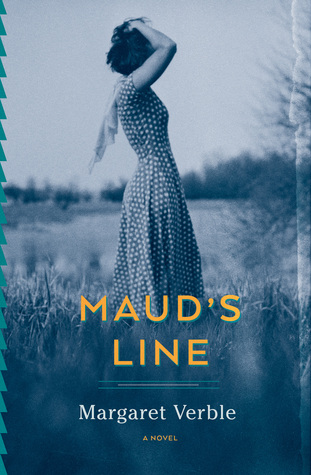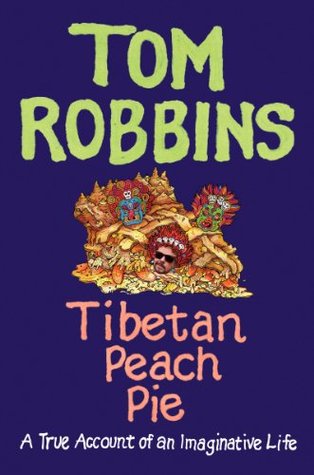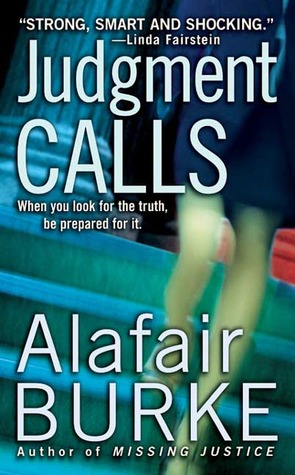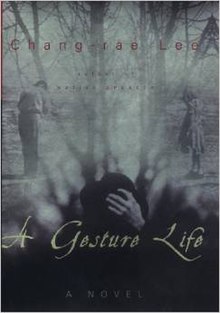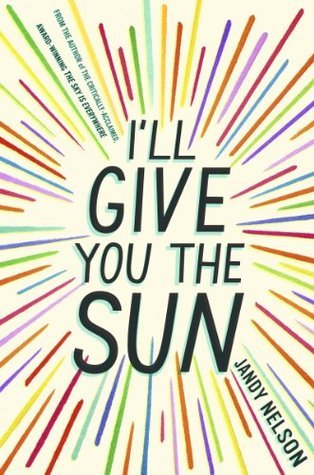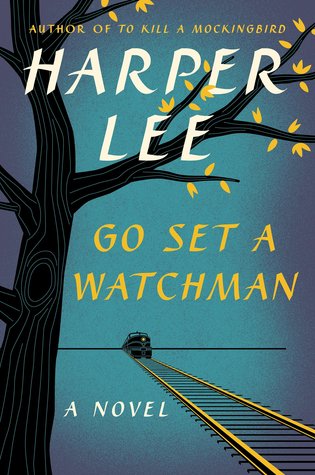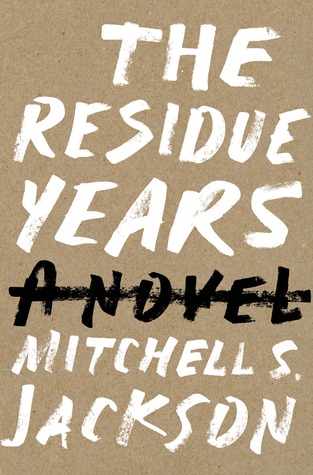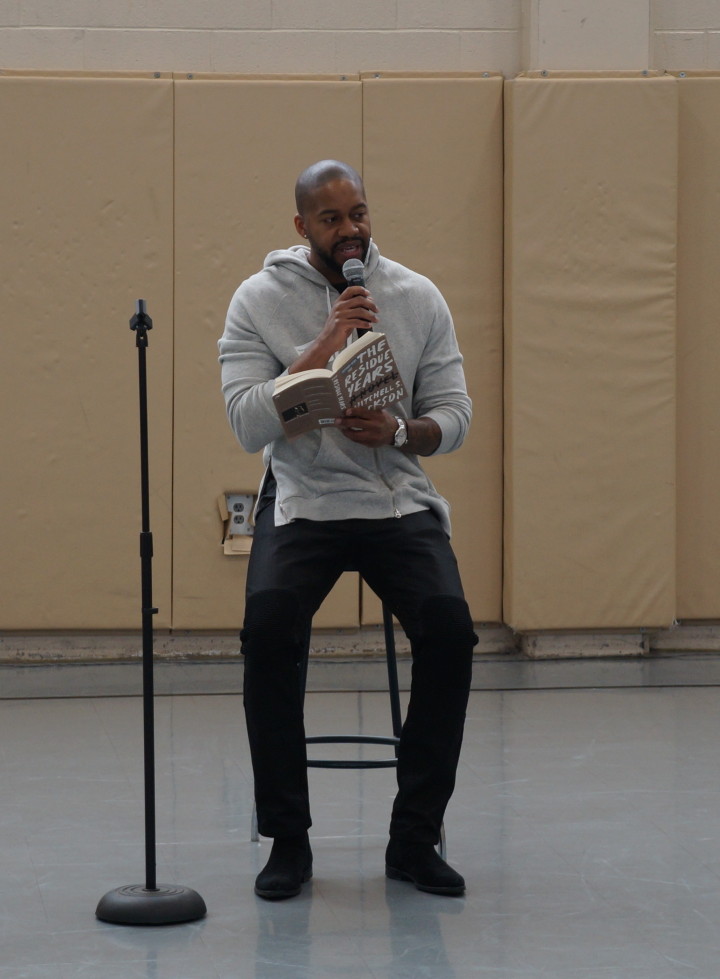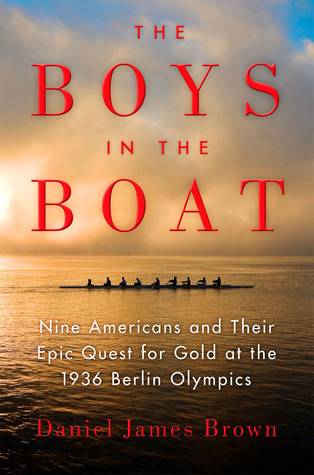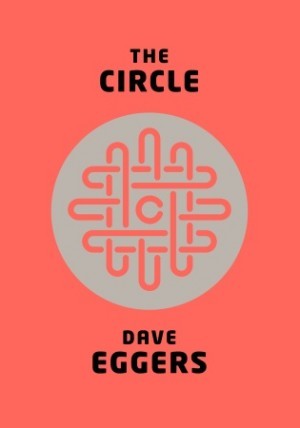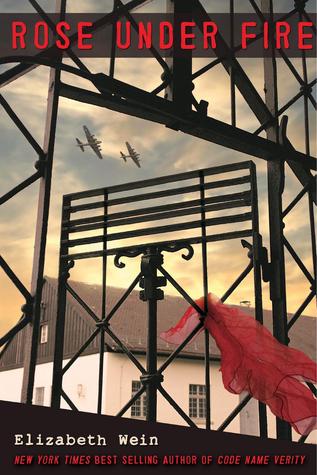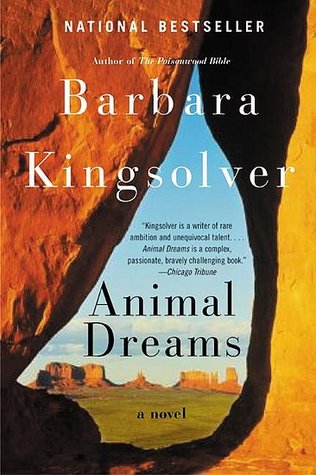 The Kizuna Coast, by Sujata Massey
The Kizuna Coast, by Sujata Massey
Hooray! Rei Shimura is back!
I've been reading
Sujata Massey's Rei Shimura detective series since the late 1990s, captivated by these books because the main protagonist is a Japanese-American antiques dealer turned detective, living and working in Japan. I still remember my joy in first discovering this series! Sujata Massey is part Indian, part German, like a friend of mine, and lived in Japan for several years.
A fascinating character who I've always felt I could relate to more than most detectives, Rei Shimura led me through ten adventures, mostly set in Japan, before she retired in 2008 to live with her new husband Michael in Hawaii (
Shimura Trouble). You can find the other Rei Shimura titles in chronological order on
Sujata Massey's Web site, in case you want to start at the beginning (which I always prefer to do). It was a little odd, reading this one, because Rei had aged only a few years even though the series spans over 17 years, but I understand why Massey chose to keep her young.
Since Rei Shimura retired (and I sadly accepted there would be no more books in the series), I've begun following Sujata Massey online and became Facebook friends with her. She is delightful, and we have much in common (including the fact that we both turned 50 in 2014). I hope to meet her in person one day.
Fortunately, she's continued to stay busy, last year publishing
The Sleeping Dictionary, a historical novel set in India, which was my
second-top pick for fiction in 2013. (My parents' book group recently read
The Sleeping Dictionary on my recommendation, and it was a popular pick!) She also published a beautiful little novella,
The Ayah's Tale, about the relationship between an Indian ayah and the English children under her care.
 |
| My first week in Japan, befriending the neighbor kids, Fall 1986 |
But back to
The Kizuna Coast! I was supremely lucky to be able to read an Advanced Reader Copy of this soon-to-be-published novel, which will be out in February.
I could relate so well to Rei Shimura's great angst when she saw news coverage of the 2011 Tohoku earthquake and tsunami and subsequent Fukushima nuclear disaster. Even though I don't have relatives in Japan, it's where I met my husband and spent three of the most adventurous years of my life, and I have so many fond memories of the kindness of so many Japanese people. During those first few harrowing days, I was glued to the Internet and couldn't keep myself from watching that devastating wave destroy whole towns...my heart ached for Japan.
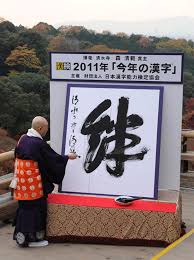
Soon after the tsunami hit, Rei's mentor Mr. Ishida calls her, asking for help. She gets to Japan as soon as she can and gets embroiled in a mystery...to find out what happened to Mr. Ishida's young apprentice, Mayumi, who has disappeared. She goes to Tohoku as part of a relief effort and is touched by people who have lost their loved ones and livelihoods. She experiences
絆 (kizuna, or bonds of love), which the Japanese show for each other during this difficult period.
The Japanese public chose 絆 as the kanji of 2011 after they witnessed an unprecedented outpouring of assistance after the earthquake and tsunami.
While not as literary as her last book (
The Sleeping Dictionary),
The Kizuna Coast was a quicker read and compelling just the same. Rei Shimura remains cemented as my favorite detective series, and I hope the series continues.
I'm so glad Rei is back! I read this book over the Christmas holidays while I had family visiting from England and Australia, and it was hard to put down. The only other book I've read about the Japanese tsunami was Ruth Ozeki's
A Tale for the Time Being, which was my top fiction pick last year. I would love to read more, and I hope one day to return to Japan myself. In the meantime, I'm grateful that my favorite authors are making the trips, doing the research, and telling the stories themselves.
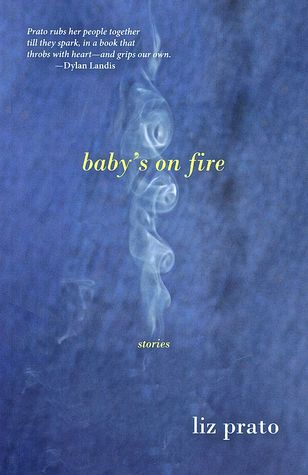 Baby's On Fire, by Liz Prato
Baby's On Fire, by Liz Prato